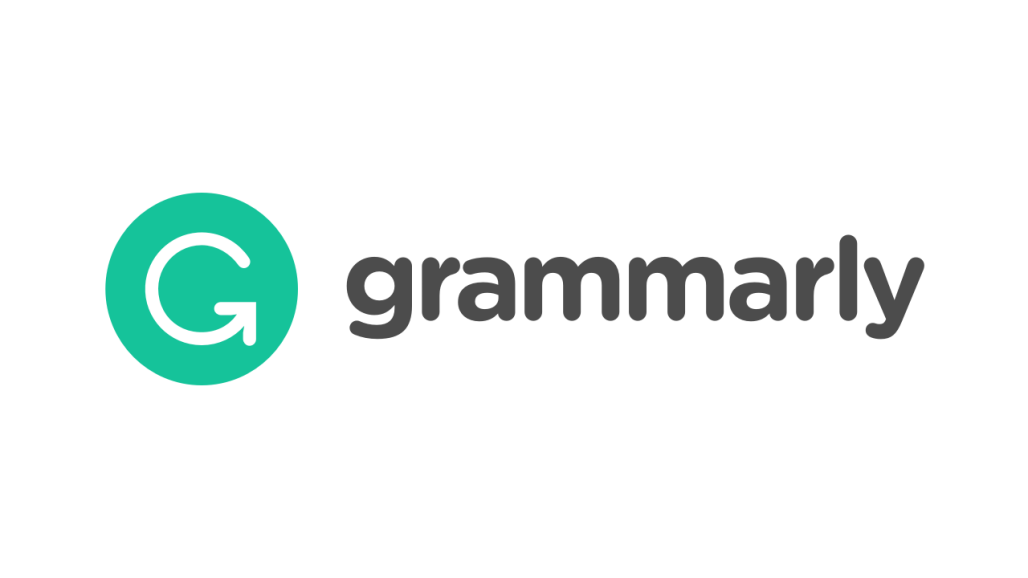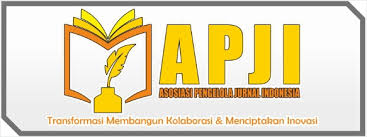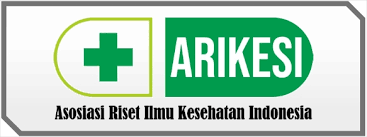Efektivitas Daun Kemangi (Ocimum Sanctum L.) dalam Menurunkan Halitosis yang Berhubungan dengan Indeks DMF-T dan OHI-S
Abstract
Halitosis is a term that describes an unpleasant odor from the breath. The unpleasant odor is caused by the decaying activity of gram-negative microorganisms. The causes of halitosis are usually due to poor oral hygiene, deep caries, periodontal disease, oral infection, dry mouth, smoking, mucosal ulceration, pericoronitis, food residue in the mouth, and tongue coating. The essential oil in basil leaves is widely reported to have antibacterial activity, both gram-positive and gram-negative bacteria, fungi, and molds. The purpose of this study was to determine the effectiveness of basil leaves (Ocimum sanctum L.) in reducing halitosis associated with DMF-T index and OHI-S. This quantitative research design is a quasi-experimental, which is giving treatment to the sample group. The number of samples is 30 people. The technique used in this research is quota sampling method. The tool used to determine the halitosis score is a halimeter. The data obtained in the form of halitosis scores before and after using basil leaves were tested using the Wilcoxon non-parametric test. After that, to find out the relationship between DMF-T and OHI-S indexes, it was tested using a correlation test. Data analysis using Wilcoxon, it showed that basil leaves were effective in reducing halitosis scores, because the value of sig.(2-tailed) α<0.05. With the correlation test, the results obtained p <0.01, then there is a significant relationship between halitosis and DMF-T. And there is a significant relationship between halitosis and OHI-S because the p value < 0.01. The results of the study was shown that basil was effective in reducing halitosis. There is a relationship between halitosis with DMF-T and OHI-S indices.
Keywords
Full Text:
PDFReferences
Alshehri FA, 2015. Knowledge and Attitude of Saudi Individual Toward Self Perceived Halitosis. The Saudi Journal for Dental Research. 7(2): 91–95. 10.1016/j.sjdr.2015.11.003
Andriani and Willis , 2018. Efektifitas Mengkonsumsi Jus Apel Dibandingkan Dengan Mengkonsumsi Jus Jambu Biji Terhadap Penurunan Tingkat Halitosis. Jurnal Action: Aceh Nutrition Journal. 3(2): 164–171.
Aylikci BU and Colak H, 2013. Halitosis: From Diagnosis to Management. Journal of Natural Science, Biology, and Medicine. 4(1): 14-23.
Nirmala W, Budiyanto E, Wardani AY, Stiyawan H, 2011. Pemanfaatan Ekstrak Daun Kemangi (Ocimum Sanctum) Sebagai Permen Herbal Pencegah Bau Mulut. Jurusan Pendidikan Kimia, Fmipa, UNY: Yogyakarta.
Nuni N and Denden TW, 2020. Gambaran Volume Saliva Pada Lansia. Jurnal Kesehatan Siliowangi. 1, 1.
Pangesti AD, Susanti DNA, Kusumadewi S, 2014. Perbedaan Efektivitas Obat Kumur Yang Mengandung Chlor Hexidine Dan Essential Oils Terhadap Penurunan Tingkat Halitosis. Jurnal Material Kedokteran Gigi. 3(1): 33–38.
Sari AH, 2016. Daya Hambat Minyak Atsiri Daun Kemangi (Ocimum Basilicum) Terhadap Streptococcus Sanguinis Pada Berbagai Konsentrasi. Medical Plants Dentistry. Fakultas Kedokteran Gigi. Universitas Syiah
Kuala.
Senjaya AA, 2012. Protein Penyebab Halitosis. Jurnal Ilmu Gizi. 3(1): 16–22.
Sunnati ZM and Alibasyah FR, 2021. Distribusi Frekuensi Jalitosis pada Pasien Sinusitis di RSUD Meyraxa Banda Aceh. Cakradonya Dent. J. 13(1): 7–13.
Tallamma F, 2014. Efektifitas Ekstrak Daun Kemangi (Ocimum Basilicum L.) Terhadap Penurunan Kadar Volatile Sulfur Compounds (VSCs). Skripsi. FKG Universitas Hasanuddin Makasar.
Yosephine AD, Wulanjati MP, Saifullah TN, Astuti P, 2013. Formulasi Mouthwash Minyak Atsiri Daun Kemangi (Ocimum Basilicum L.) Serta Uji Antibakteri Dan Antibioflm Terhadap Bakteri Streptococcus Mutans Secara in-Vitro. Trad. Med Journal. 18(2): 95–102.
Yulimatussa'diyah AP, Blambangan BGPB, Dewi JC, Herdianto RS, Mumtaza I, et al, (2016). Pengetahuan Penanganan Halitosis dalam Masalah Kesehatan Mulut. Jurnal Farmasi Komunikasi. 3(2): 28-32.
DOI: http://dx.doi.org/10.30742/jikw.v11i1.1649
Refbacks
- There are currently no refbacks.
Copyright (c) 2022 Enny Willianti

This work is licensed under a Creative Commons Attribution-NonCommercial 4.0 International License.
Jurnal Ilmiah Kedokteran Wijaya Kusuma is licensed under a Creative Commons Attribution-NonCommercial 4.0 International License










